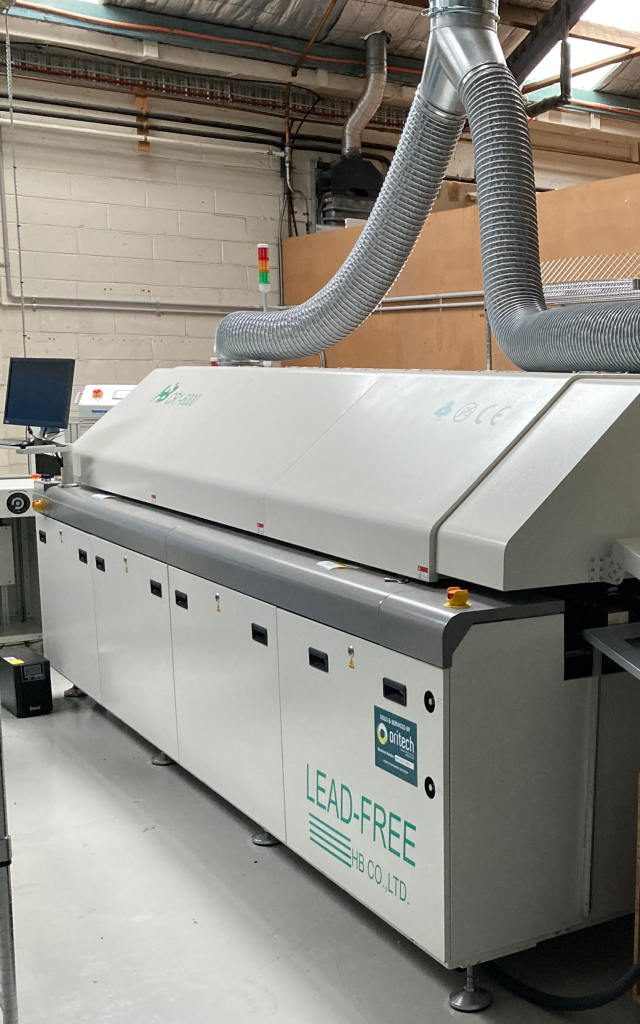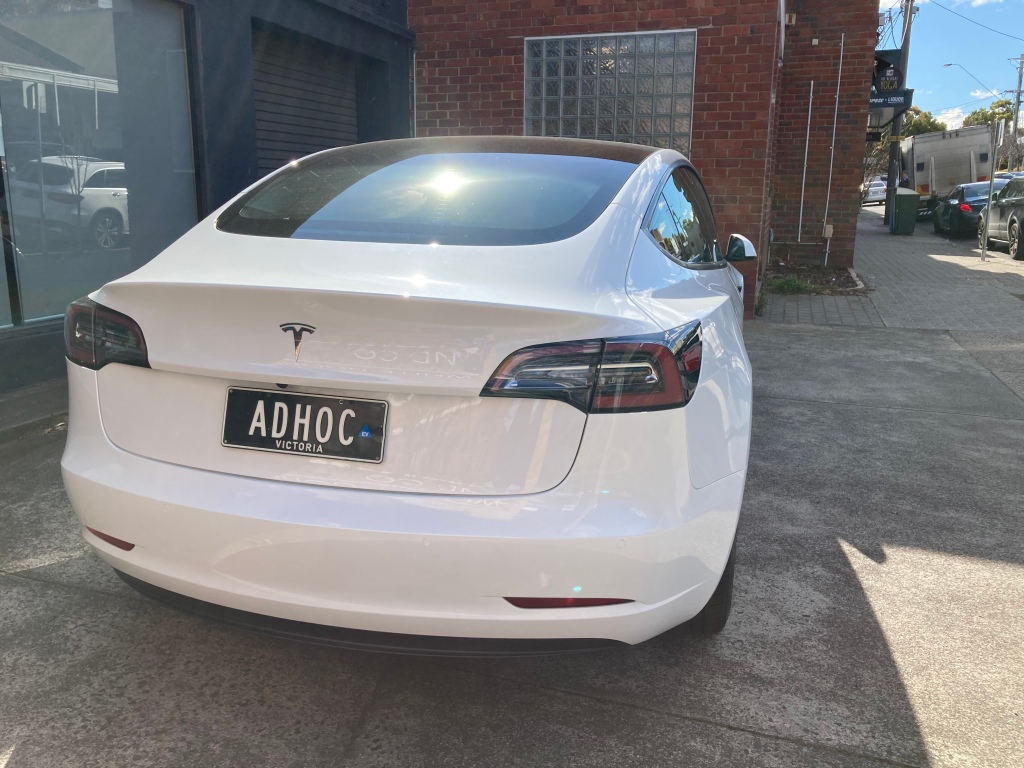Nice to have a grateful customer
John

Agile co-founder and chief engineer John provides heaps of feedback to customers on how to improve their designs before manufacture. Sometimes this (pictured) happens!
Nice to have a grateful customer
John

Agile co-founder and chief engineer John provides heaps of feedback to customers on how to improve their designs before manufacture. Sometimes this (pictured) happens!
Since the last update, we have acquired a dehumidifier, which is handy for humidity-sensitive materials and parts. We also have a new 3D printer that provides much better quality prints than our old one, which had a tendency to curve or distort in places. While it is mainly used for creating customised matrix trays and fulfilling a few other in-house requirements, we also provide a 3D printing-based prototyping service for our customers. Need a quality 3D print? We might be able to help.

Greetings all. Here’s this year’s Agile Electronics video for the silly season, The Agile Electronics Alphabet Song. Enjoy!
See you in the new year!

In the last few months we had solar panels installed on the new factory and also acquired a conveyor reflow oven, which helps to automate our process and reduce board faults that may occur from manual handling.
The solar panel people thought our requested quantity of solar panels (10kW) was excessive compared to our electricity usage. However, they hadn’t seen the conveyor reflow oven in action. While our non-manufacturing usage is typically well under 4kW except for when the kettle is used, manufacturing appears to peak at 18kW on each phase! Fortunately we use 100% green energy.

We have seen a variety of board designs presented to us for assembly and have experienced quite a few issues with some of them. Occasionally it makes the board nearly impossible to assemble at all. Here are the absolute minimum requirements for it to be manufactured by machine at all.
For more information, contact us for a free copy of our tips on design for manufacture.
Agile now has a Youtube channel! We probably will still mostly use the blog for information. But for now, find our twelve days of feedback for the season. Entertaining and useful at the same time. Enjoy!

Many older electronic designs use through-hole components, which are usually manually placed onto circuit boards before they can be soldered. While some components are best kept as through-hole, such as connectors, most can be replaced with surface mount equivalents. Let’s look at why this might be a good idea.
When we work with through-hole components, the following happens for larger jobs:
The wave solderer itself has an associated set-up and clean-up cost as well. (Note: some manufacturers use “selective soldering” for this task, which has a few advantages over wave soldering.) For small jobs it is usually cheaper and easier to manually solder the through-hole components. However, labour is not very cheap compared to machines.
On the other hand, for surface-mount components provided on a reel, we load the reel into a feeder element, mount the element in the feeder trolley and program the feeder. Then the pick and place machine does the rest. Once again, there is a set-up cost associated with each type of component, but if you are wanting hundreds of boards or more, surface mount components are the way to go.


Agile Electronics and its parent company Ad Hoc Software have long tried to make environmentally appropriate choices. We were early adopters of solar panels at our original premises, and have been paying for green electricity for years. This month, however, we have replaced the diesel AdHoc-mobile with a brand new Tesla Model 3 electric car.

The next episode in our series on getting the best value out of your surface mount assembler is panelising. The surface mount assembly process involves three main steps for each board (or panel):
Each of these stages is faster if you have the maximum number of boards possible within a single panel. Suppose it is possible to have ten boards in a single panel. That can make solder pasting ten times faster.
Some gains are also possible with the pick and place machine stage, if a board takes less than a minute to populate, there could be a delay between putting it into the machine and moving to the reflow stage. The pick and place machine itself will place components more efficiently if populating an entire panel of boards instead of individual boards, since there will be fewer nozzle changes needed.
Depending on the reflow set-up, panelisation can make things much faster or just a little. If the reflow oven is automated, taking boards that exit the pick and place machine, the speed increase may be a multiple of one dimension of the panelised board. For ovens with manual input, panelisation will greatly reduce the handling required. Imagine the relative effort of carefully placing 10 boards in an oven versus one. The operator needs to be careful to avoid touching the solder paste, as well as making sure that the board is level and not jerked about, or components will be dislodged. It’s a bit like a waiter bringing a full bowl of soup to a diner.
Panelising may also provide savings at later stages, for example, if the boards need to be cleaned, then this will be faster if an entire panel can be cleaned at once.
In some cases, a board must be panelised, for example, if it is too small to be populated by the machine. The Europlacer XPii requires the board to be at least 50mm by 50mm. It must also have two parallel sides with 5mm clearance to allow it to be held by the machine.
Not all manufacturers work the same way. The degree of automation will differ. Pick and place machines vary in their capabilities. So the exact savings will differ. But as a very rough guide, if your board is very small, has an unusual shape, or you need at least 40 boards and can fit at least 4 boards in a panel, it is likely to be worth panelising.
As you may have seen in our last post, we now have a Dek solder printer. This automatically applies solder to the bare circuit board prior to feeding through to the pick and place machine to receive parts.
We are very pleased to say that this improves the consistency of board pasting, thereby reducing errors compared to the manual process.
To make best use of solder printers like ours, we strongly recommend requesting half-etched fiducials on your stencils (as well as having fiducials on your panel or board). This allows the board and stencil to automatically be lined up without solder paste interfering with optical recognition.